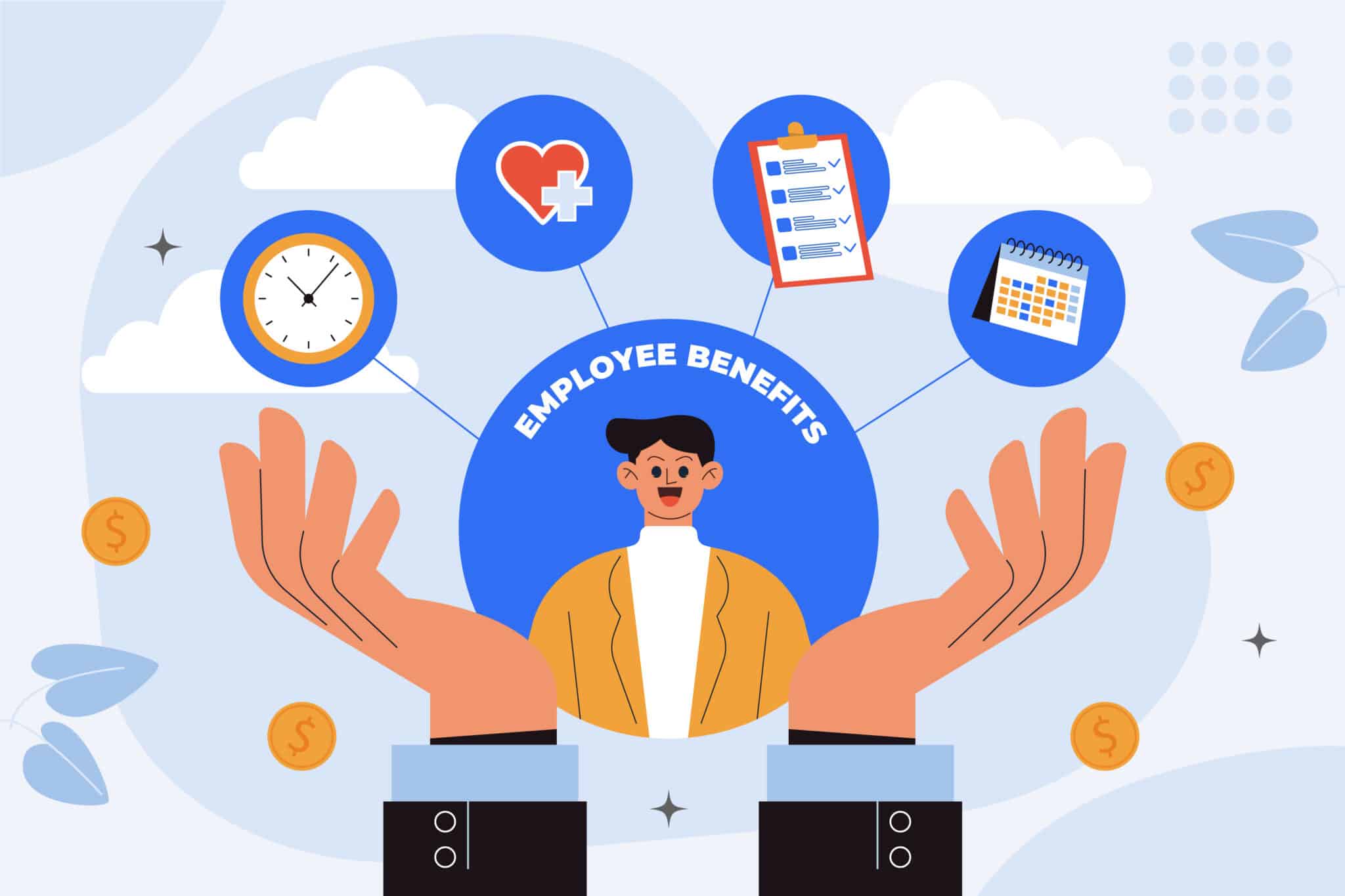A new study by GRiD, the industry body for the group risk sector, reveals that a significant number of employers (34%) believe their staff are unaware of and do not understand the full range of employee benefits offered to them. This includes benefits such as pensions, healthcare, and group risk benefits (employer-sponsored life assurance, income protection, and critical illness). The findings highlight the need for employers to better communicate these benefits to their employees.
The research also indicates that only 44% of employees feel they have a good understanding of the health and wellbeing benefits available to them. Full awareness of these benefits is crucial for employees to utilise them effectively when needed.
Moreover, while 78% of employers actively encourage staff to use their benefits, 18% leave it up to employees to initiate the take-up themselves. GRiD emphasises the missed opportunity for employers who fail to effectively communicate and promote these benefits, as the investment in such benefits may not be fully appreciated or utilised.
Communication methods
Regarding communication methods, the most popular way to inform employees about benefits is through a staff welcome pack (35%), followed by communication on the first day of employment (33%). However, GRiD suggests that new employees might feel overwhelmed with information if given at this timing.
Other common methods include:
– Staff handbook (31%)
– Staff noticeboards (29%)
– Email campaigns (29%)
– Company intranet (28%)
– Promotional days supported by advisers/providers (26%)
On average, employers use four different channels to communicate their benefits programs. GRiD suggests employers improve communication by treating benefits as an ongoing process, not a one-time event. They should also leverage resources from partners such as providers, advisers, and employee liaison groups.
Encouragingly, many employers plan to enhance their communication efforts in the next 12 months:
– 39% will increase encouragement for employees to use available benefits.
– 36% will place more emphasis on supporting all areas of health and wellbeing, including mental, financial, physical, and social aspects.
– 34% will increase the amount of communication.
– 31% will increase their investment in this area.
Katharine Moxham, spokesperson for GRiD, stated, “An organisation’s workforce is not static: new people join, some leave, and others return from absence. Therefore, even those employers who feel they are doing well must continue to improve communication. Ensuring all employees know how to access and use their benefits is crucial for these benefits to be truly valued and appreciated.”
Moxham added, “Whether or not staff choose to engage, they will feel more loyal and better disposed towards an organisation that proactively supports them. Communication of employee benefits is key, and our research shows that more employers need to make it a regular habit.”





